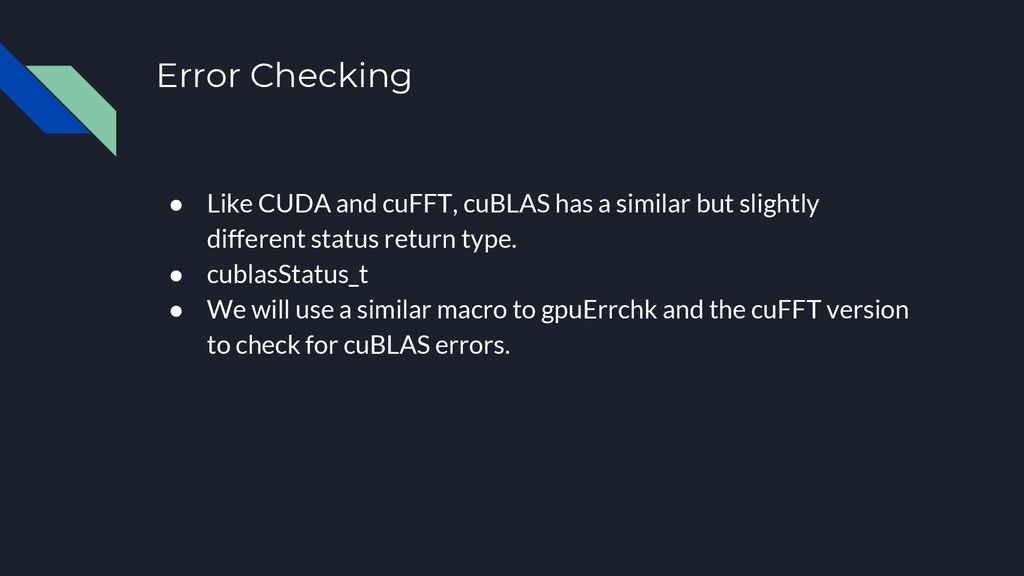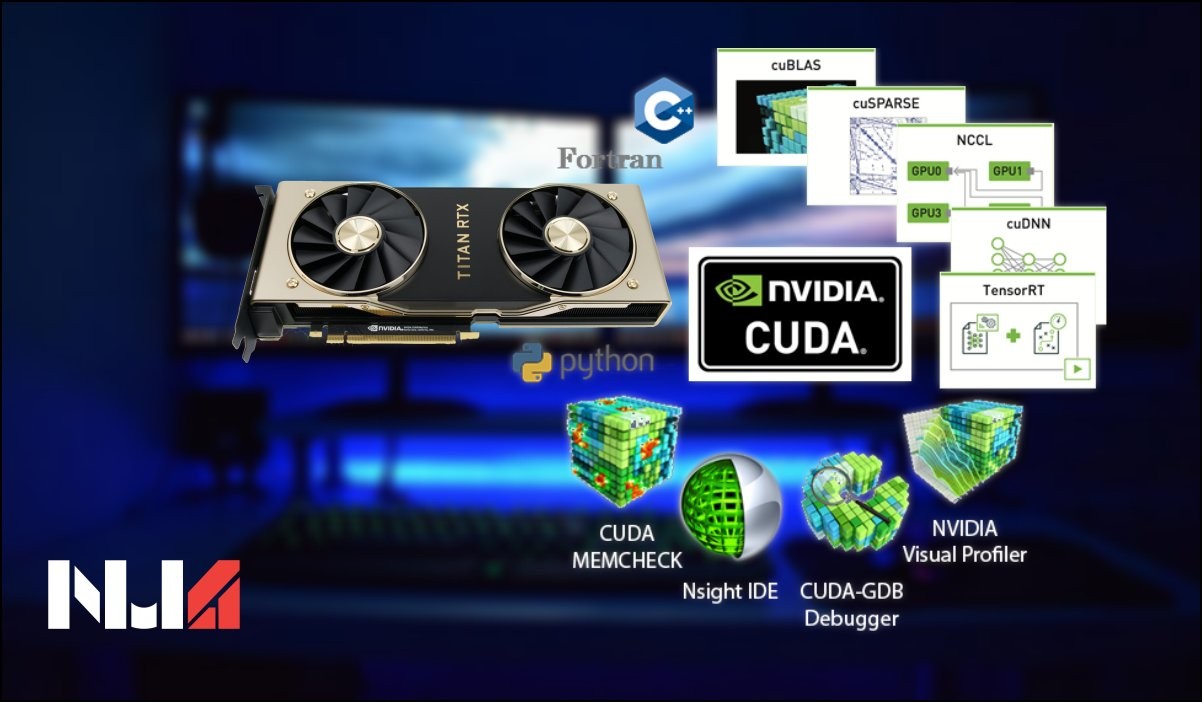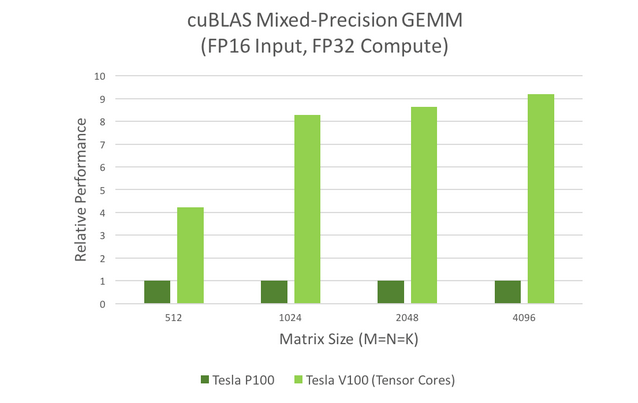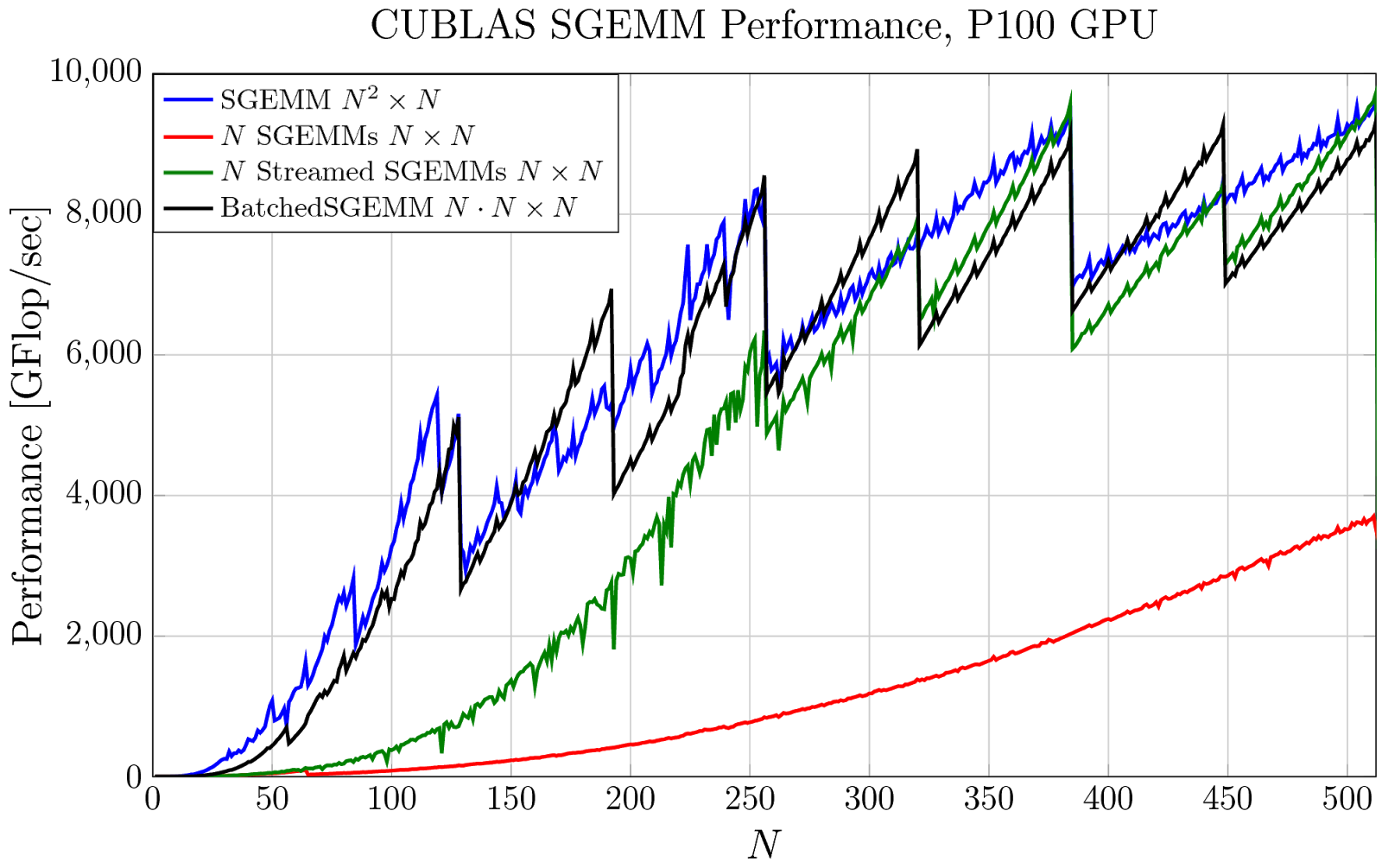Roads & PavementRoads & Pavement
Barefoot
Minimal
Low
Medium
High
Maximal
All around running shoes offer comfort and cushioning for daily runs, jogs, walks, and long mileage. They offer enough versatility for both faster and slower runs and are a great option for those who want one running shoe to do it all.
Fast run or uptempo running shoes are lightweight and responsive. They offer streamlined designs that have minimal uppers and offer a high level of energy return. These shoes are a great option for faster runs in the week or those looking for a livelier experience.
Max Cushion shoes offer premium cushioning with ample ground protection and a stable ride. These types of shoes provide abundant impact protection that softens landings while running at any pace or distance. These types of shoes are best for slower recovery runs and easy days where comfort takes priority.
Racing shoes are designed with optimal performance in mind. These types of shoes have snug-fitting uppers, energetic midsole foams, and features implemented for maximum efficiency. These types of shoes are best for runners looking to gain the ultimate advantage in races but may sacrifice some durability and comfort.
Gym Workout shoes offer a stable and versatile ride. They have a firmer underfoot feeling that provides stability for lateral movements with comfortable uppers. These types of shoes are best for trips to the gyms, cross training, casual wear, and light running. Introduction to cuBLAS ppt download
Road running shoes feature smooth outsoles that are designed for running on paved surfaces such as roads, sidewalks, and bike paths.
Designed to handle most trail runs, these shoes prioritize comfort and a smooth ride. These shoes are great for anything from smooth singletrack, park trails, and fireroads making them ideal for those who run from their doorstep on streets before hitting the trail.
These shoes are best used for hard, rugged trails such as shale, granite or sandstone where grip on smooth surfaces and underfoot protection are important.
Designed for use in muddy, soggy conditions, these shoes feature very aggressive outsoles that dig deep into soft ground for exceptional traction.
These shoes feature technical outsoles designed to grip snowy and icy trails making them ideal for winter trail running.
Cushioning level, or stack height, refers to how much shoe is between your foot and the ground. For this category, we reference the amount of cushioning below the forefoot as the heel height will be equal to or greater than the forefoot height.
Unveiling the Power of CUDA Revolutionizing Parallel Computing
0-13mm. The Shoe generally does not have a midsole and feels like there is no cushioning. This shoe is all about feeling the ground underfoot.
14-18mm. The shoe has a thin midsole that allows for a natural running experience. Racing shoes and minimalist shoes are common here. These shoes offer a feeling of being connected to the road or trail.
19-23mm. The shoe has a slightly cushioned feel and may feature added cushioning technologies. Performance training shoes and some trail shoes are common here. These offer protection during footstrike but prioritize a lightweight, grounded experience.
24-28mm. These shoes have a stack height that fall near the middle of the spectrum.The shoes in this category are verstaile and great for all types of runs and distances.
29-34mm. The shoe has a thick midsole and ample cushioning. These shoes are highly protective and absorb more impact than the body.
35mm plus. The shoe has an extremely thick midsole and extra cushioning. The focus is on protection and soft foam underfoot with hardly any ground feel.
Neutral shoes support the foot through a normal range of arch collapse and generally do not have a built-in technology to correct movement.
Stability shoes are a great option for those who overpronate or need added support. These shoes help to limit the inward rolling motion of the ankle while running or walking and assist in guiding the foot straight through the gait cycle. Mixed Precision Training
Product Details:
CUDA Optimization Design Tradeoff for Autonomous Driving by 2025, ADDING CUSTOM CUDA C OPERATIONS IN TENSORFLOW FOR BOOSTING BERT 2025, memory management Cublas programming program hit 2025, Linear Algebra on GPU YouTube 2025, CUTLASS CUBLAS CUDNN Worktile 2025, Pro Tip cuBLAS Strided Batched Matrix Multiply NVIDIA Technical 2025, Mixed Precision Training 2025, Unveiling the Power of CUDA Revolutionizing Parallel Computing 2025, Introduction to cuBLAS ppt download 2025, unable to locate cublas header and library for CUDA10.1 Issue 2025, Move Heterogeneous Workload from CUDA Math Library Calls to oneMKL 2025, How to install CUDA 9.2 on Ubuntu 18.04 Puget Systems 2025, Comparing CUDA and Tensor Cores for Training Neural Networks 2025, CUDA Wikipedia 2025, How to Optimize a CUDA Matmul Kernel for cuBLAS like Performance 2025, What is CUDA Parallel programming for GPUs InfoWorld 2025, Move Heterogeneous Workload from CUDA Math Library Calls to oneMKL 2025, Question about cuBlas and CUDA version in llama.cpp for Windows 2025, Performance query Odd results profiling GPU speed of matrix 2025, how to enable cublas GGML CUDA Force MMQ in compilation 2025, Matrix Multiplication with cuBLAS Example Chris McCormick 2025, MOC performance comparison with KBLAS and CuBLAS implementations 2025, CUBLAS not Initializing 2025, NVidia CUDA Tutorial June 15 2009 PPT 2025, Introduction to cuBLAS ppt download 2025, cuda python cublas 2025, cuda CUBLAS dgemm performance query Stack Overflow 2025, User 65B models on CUBLAS cuda bugged when prompts approach 2025, Deep Learning library with GPU CUDA cuBLAS Chat Discussions 2025, c CUDA optimization for a vector tensor product using a custom 2025, Performance comparison with cuBLAS in CUDA 10 on four matrices 2025, cuBLAS error 15 at ggml cuda.cu 7548 the requested functionality 2025, Lecture 1 an introduction to CUDA 2025, CUDA 11 Features Revealed NVIDIA Technical Blog 2025, The comparison between CUDA and CUBLAS APIs with respect to 2025, Performance of different DGEMM configurations using hipBLAS and 2025, cuBLAS NVIDIA Developer 2025, How to Optimize a CUDA Matmul Kernel for cuBLAS like Performance 2025, CUDA Wikipedia 2025, CUDA 11 Features Revealed NVIDIA Technical Blog 2025, 1. Introduction cuBLAS 12.3 documentation 2025, CUDA Crash Course cuBLAS Matrix Multiplication 2025, New cuBLAS 12.0 Features and Matrix Multiplication Performance on 2025, CUDA Libs Intro CuBLAS. In this section article I would like to 2025, 2. Performance of different HGEMM kernel from the cuBLAS library 2025, Accelerating GPU Applications with NVIDIA Math Libraries NVIDIA 2025, How to Optimize a CUDA Matmul Kernel for cuBLAS like Performance 2025, CUDA 11 Features Revealed NVIDIA Technical Blog 2025, cuBLAS NVIDIA Developer 2025, cuBLAS NVIDIA Developer 2025, Product Info:
Cublas cuda 2025.
- Increased inherent stability
- Smooth transitions
- All day comfort
Model Number: SKU#7221990




